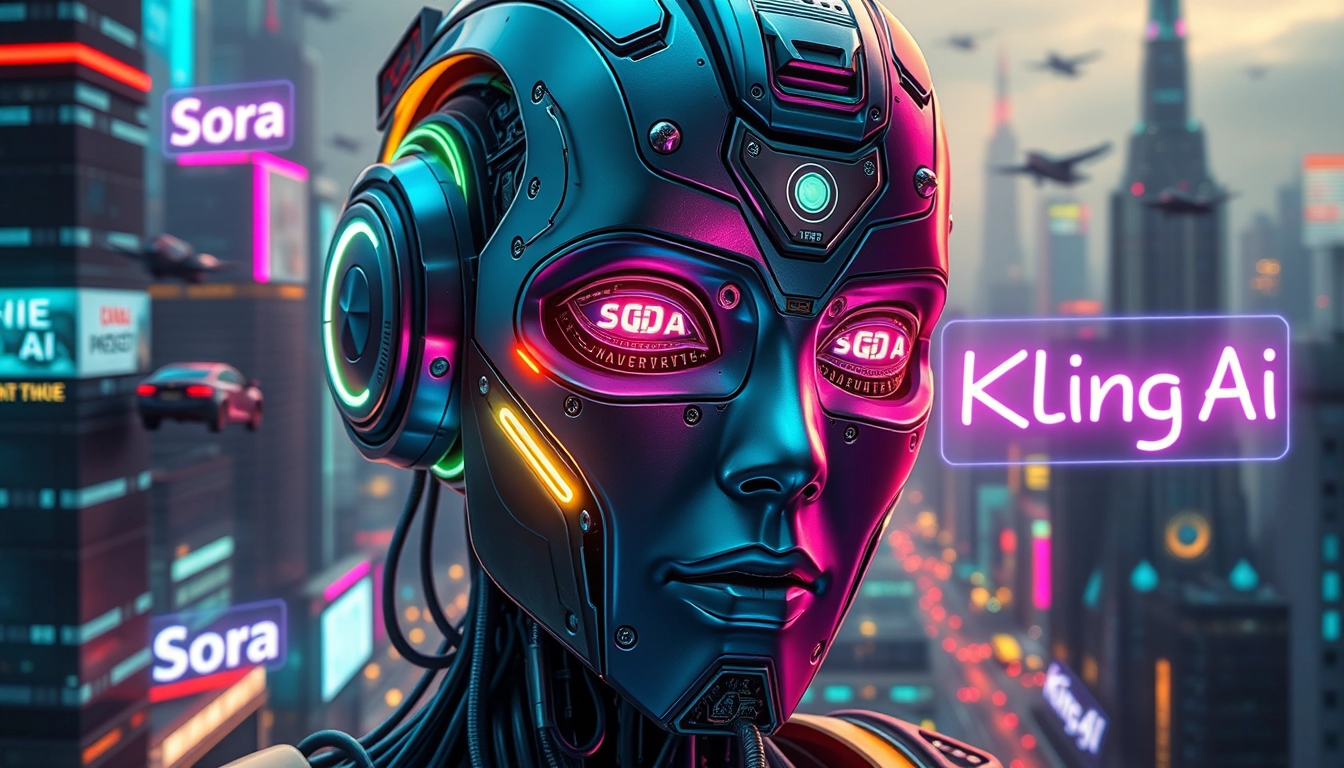Introduction
The realm of artificial intelligence has witnessed remarkable advancements in recent years, particularly in the domain of content creation. Two notable players in this field are Sora by OpenAI and Kling AI by Kuaishou. This article delves into a detailed comparison of these innovative text-to-video AI models, exploring their capabilities, strengths, and potential applications.
Core Capabilities
Text-to-Video Generation
Both Sora and Kling AI possess the ability to transform text prompts into video content, but their approaches and outputs differ:
- Sora: Focuses on creating detailed scenes with strong temporal consistency, suitable for a wide range of applications2.
- Kling AI: Specializes in short-form video content, emphasizing enhanced motion performance tailored for social media platforms9.
Video Length and Quality
The two models have different specifications regarding video length and quality:
- Sora: Can generate videos up to 60 seconds long, prioritizing high-quality and realistic outputs2.
- Kling AI: Capable of producing videos up to two minutes in length, but currently limited to five-second clips for consistency. Supports 1080p resolution and 30fps6.
Accessibility
A significant difference lies in the public accessibility of these models:
- Sora: Currently has limited public access, primarily available to developers and researchers14.
- Kling AI: Offers public beta access, allowing a broader range of users to test and experiment with the technology14.
Experience Text/Image to Video Generation
While Sora and Kling AI are not widely available, you can experience similar text/image to video generation technology using the following online tool:
Dream Machine AI Video Generator
This tool allows you to create videos from text or image inputs, giving you a taste of the capabilities that AI-powered video generation can offer.
Strengths and Weaknesses
Sora by OpenAI
Strengths:
- Advanced natural language processing capabilities
- Emphasis on ethical AI practices and global adaptability
- Sophisticated text analysis suitable for complex applications11
Weaknesses:
- Limited public access restricts user feedback and real-world testing14
Kling AI by Kuaishou
Strengths:
- Robust video generation capabilities
- Wide public accessibility for experimentation
- Optimized for short-form content popular on social media14
Weaknesses:
- Aesthetic quality may not match Sora's polished results
- Current limitations on video length14
Target Audience and Applications
The two models cater to different audiences and use cases:
-
Sora:
- Primary audience: Developers, researchers, and business users
- Applications: Text generation, analytics, and business automation17
-
Kling AI:
- Primary audience: Content creators and social media users
- Applications: Short-form video creation for platforms like Kuaishou17
Future Implications and Industry Impact
The development of these AI models signifies a major shift in content creation:
-
Democratization of Video Production: Tools like Kling AI are making video creation more accessible to a wider audience.
-
Enhanced Business Applications: Sora's capabilities could revolutionize how businesses create promotional and educational content.
-
Ethical Considerations: As these technologies advance, there's an increasing need for ethical guidelines and regulations to prevent misuse.
-
Evolution of Social Media: Platforms may need to adapt to the influx of AI-generated content, potentially changing content moderation practices.
-
Creative Industry Transformation: The film and advertising industries might see significant changes in production processes and creative roles.
Conclusion
Sora by OpenAI and Kling AI by Kuaishou represent the cutting edge of AI-driven video generation, each with its unique strengths and focus areas. While Sora excels in sophisticated, longer-form content creation with a focus on ethical AI practices, Kling AI shines in the realm of short-form, social media-oriented video production with broader public accessibility. As these technologies continue to evolve, they promise to reshape content creation across various industries, offering exciting possibilities for creators, businesses, and consumers alike.
